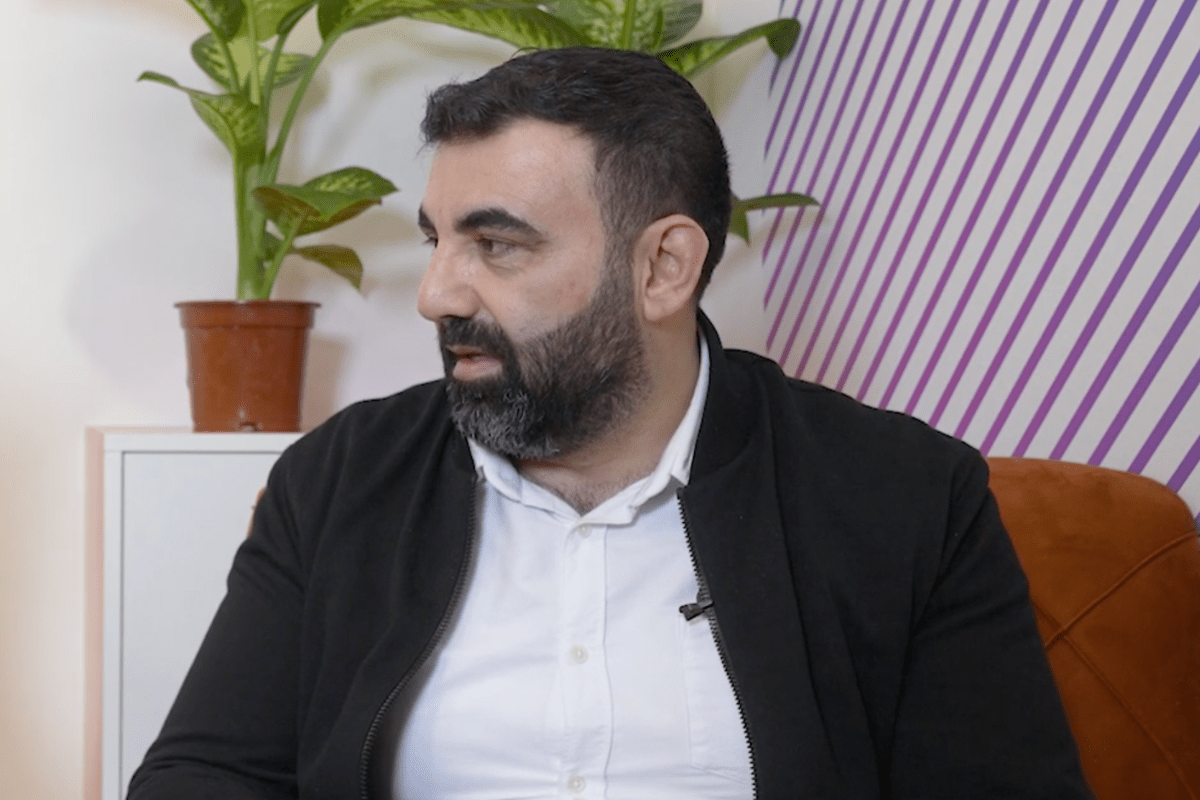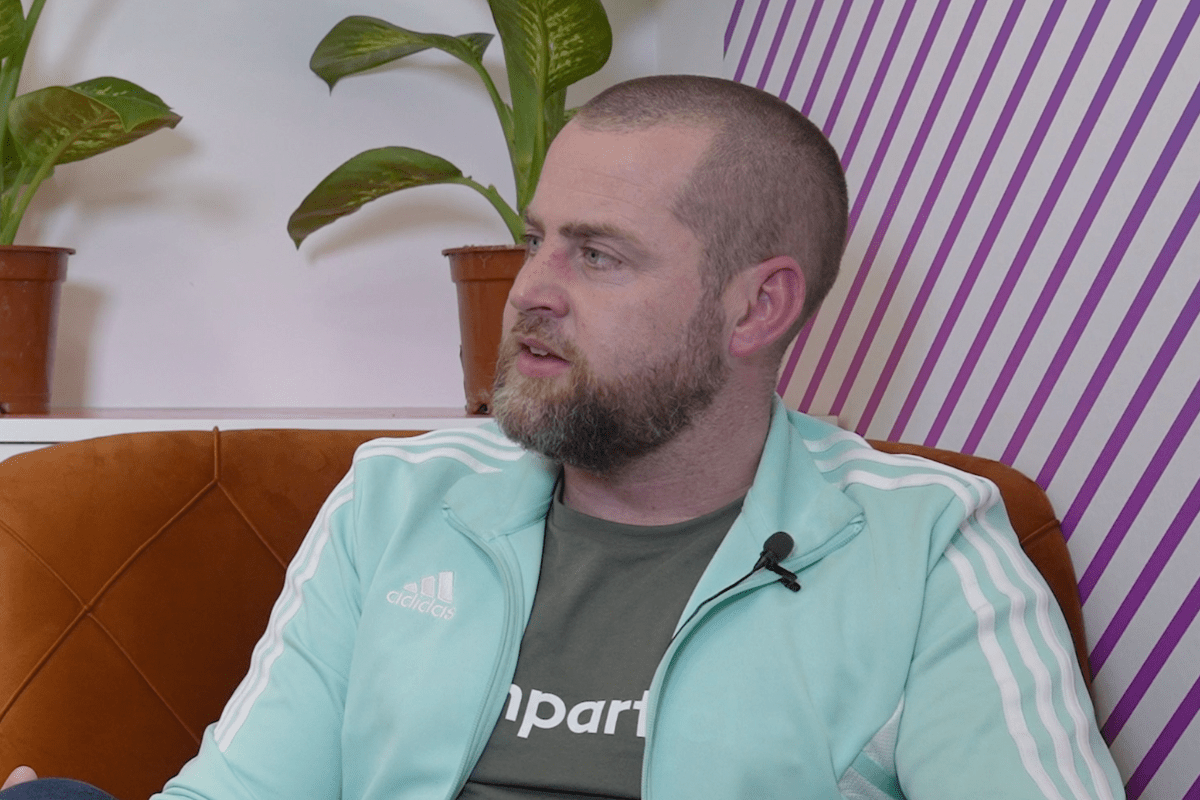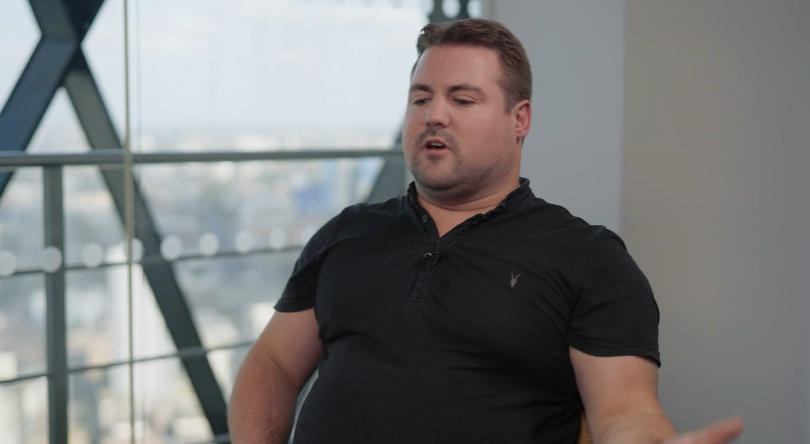David Murphy discusses the marriage of data and creativity with Jay Stevens, chief revenue officer at Adform.

MM: So it’s a big, confusing digital advertising landscape out there Jay – tell us where Adform sits within it.
JS: We launched 14 years ago as a buy-side ad server, so our competition would have been DoubleClick, Atlas and a wealth of rich media ad server providers like Sizmek. When you look at the landscape on the buy side, the ad server is the single record of truth where the campaigns are flighted from, frequency caps are managed, the creative is hosted, and attribution takes place.
Then around five or six years ago, the company hit an inflection point and did two things. The first was that it saw the rise of programmatic trading and began to build a DSP to scale and leverage its footprint. This was online, as opposed to mobile, at this point.
The second was it expanded its geographic footprint, launching into Italy, Spain and Germany, and saw pretty significant regional growth combined with its new product offering. Today, we operate in around 18 markets, serviced by 20 offices and we have more than 800 staff, with the vast majority of them in engineering and client services, 400 of these working on the platform.
So we have seen a steady rise in the growth of programmatic as a revenue contributor, and as things have moved on and we have continued to develop the offering over time, managing the single record of truth, the ad server, it became evident that we needed to build out a fully functional Data Management Platform. This is a data warehouse where all the activity that happens with a user is managed, but also, where third and first party data can be ingested to activate through the DSP in a full funnel management process, from awareness through to conversion.
There are other ‘sidebar’ offerings but that is the best way to articulate what we offer – a full stack ad server DSP and DMP that are interoperable and modular.
MM: So when you started building the DSP you said it was online not mobile, how about now?
JS: Mobile has changed significantly. 35 – 50 per cent of our revenues now come from mobile, which is a staggering accomplishment that has happened over the last two to three years. A large part of that is mobile web, but increasingly, mobile app is taking off, and a large part of that has to do with the relationships we have forged with cross-device providers like Screen6 and Tapad. We are ingesting their graphs to enable marketers to have a consistent frequency cap and realise greater media efficacy.
The challenge the ecosystem has is that there are lots of point solutions, which makes it incredibly difficult to manage a consistent frequency cap across the user base and the target audience base, so this is one of the benefits we offer; the ability to say I will limit my campaign to these users, and also frequency cap the number of times they see it.
MM: It’s interesting, I talk to a lot of companies in the mobile advertising space and I don’t usually hear the phrase ‘frequency cap’ used so often.
JS: That’s because everyone has their platforms and their job is to get as much as they can through their pipes. It’s not a single system of record, so they pay less attention to it.
MM: It’s fair to say that mobile advertising specifically and digital advertising more widely have been under the cosh in 2016. How do you see things?
JS: There are definitely some big issues. Ad fraud is a problem, but it is getting fixed because the big supply sources like Rubicon and AppNexus have made significant strides to clean up those platforms.
Viewability is another big issue that everyone should be concerned about, but it is near-impossible to ensure 100 per cent viewability, and I would argue that the ecosystem should not be concerned with this, even though brands ask for it, because if you think about it, do you watch every ad spot on TV? The answer is absolutely not. It’s the same with print – do you read every single page of the newspaper? Digital is held to a higher standard of accountability, which is arguably not fair.
MM: How about creativity? For some people, that’s one of mobile advertising’s biggest failings.
JS: It’s true that the biggest challenge with mobile is how to deliver the creative in a way that takes advantage of a very thin creative canvas. The beauty of TV is that the 30-second spot offers an incredibly interesting opportunity for creatives to tell the story they want to get across with 100 per cent share of voice, and doing that in the mobile environment is not easy.
When you’re running very small banners, does it really make a demonstrable difference to building brand awareness or getting people to conversion? It’s a more challenging environment from a creative perspective and you also have to weigh that against the delicate balance of wanting it to be immersive and engaging, but at the same time, not intrusive to the users.
If you look at the engagement and consumption patterns and apps being used on mobile, the majority of them are more about utility and less about media consumption. You’re booking a flight or reading your email – those are not fantastic environments for an advertiser to be running an ad in.
MM: So how do you get round the creative problem?
JS: A big part of it is to use more engaging ad units, but it is a delicate balance. It’s important to manage those frequency caps. You don’t want to be delivering what would be seen as a homepage takeover several times as people move between apps. Deliver it once to get the awareness, but don’t do it to the point where you annoy the user.
MM: So these more engaging ad units, do you develop these in house or work with a partner?
JS: Because of our heritage as an ad server, we have grown the number of formats we allow and offer to our clients and advertisers over time. Creative is one of our three pillars, alongside data and trading, and it’s a combination of the ad server and a brand solutions team that builds mocks and creative for advertisers on a bespoke basis, and then these highly engaging and immersive units are standardised and make available within our Creative Studio. This is a HTML5 studio where we import the assets to build bespoke units and then turn them into a template.
MM: So how many different ad units are we talking about?
JS: At last count, 36.
MM: Give us a feel for your client base and the sort of sectors where you’re doing most of your work.
JS: Most of our work has traditionally been through the agencies. In terms of sectors, the lion’s share of our revenue still comes from our agency partners; the big six as well as full-service independents. That said, we have seen a tremendous amount of interest from brands looking to bridge the gap between marketing tech and ad tech, and that starts with the Data Management Platform.
In terms of sectors, it’s largely telecoms and financial services, because if you look at both of those, they have disparate product sets, and subscriber bases. So if I’m Sky or Telecom Italia or Deutsche Telecom looking at advertising as a function of my marketing as a whole, getting the user through the conversion funnel is only half the job. I need to look at the total lifetime value of everyone on a contract and I will spend a fraction of that from a CPA perspective to drive the conversion. But conversion is only part of the process. Smart advertisers know that they need to communicate with the audience, not just to get them to buy the product, but to stay loyal and increase monthly account value or basket size and make sure they re-subscribe, and reactivate those that have gone fallow.
So smart marketers look at the entire customer journey and ask: ‘How does advertising fit into that?’ And this is regardless of the channel, across desktop, display, mobile, print, TV, OOH. ‘How do I measure that from cradle to grave?’ And really, this is the division between ad tech and martech.
Martech looks at most things after conversion has happened and ad tech looks at it up to the conversion, because ad tech is focused on CPA and the drive to conversion, but it misses out the fact that a big function of what advertising should be is the need to communicate with the user throughout their entire lifecycle.
Sky are masters at this. They drive people through the conversion funnel, but then once they’ve landed them, they upsell them on other packages, so if they have sport, they will try and upsell them to take movies. Similarly, Deutsche Telekom has a churn coefficient that tells them that this customer is looking likely to churn, so they need to be advertising to that person now.
MM: I get the principle. I guess I’m just a little surprised to hear you say telcos are leading the way in applying it. In my experience, telcos, certainly mobile operators, have always seemed to be fully focused on getting new customers in at the top end, while paying very little attention to the 40 per cent or so churning at the other.
JS: The smart ones are getting this now, and this is why we are seeing a lot of interest from telcos. They realise that it’s cheaper to keep a new customer than to constantly try to get new ones, because the reality is that everyone has a mobile. There’s no green space so they need to do everything they can to keep their existing subscribers.
MM: We’ve talked about some of the issues. On a more positive note, what excites you about this business right now?
JS: The most interesting I’ve seen this year was Adobe’s announcement of its intention to buy TubeMogul. This for me was a seminal moment in the ecosystem, in that it was the first example of one of the marketing cloud providers ‘crossing the Rubicon’ into the advertising tech space and beginning to bridge the gap. If we look at how martech has been assembling their stacks, it started with applications that were data heavy with unique customer identifiers, starting with email and then to data management platforms. SalesForce bought ExactTarget; IBM bought Silverpop; Oracle bought Responsys and Eloqua. Then the cloud providers started buying DMPs. Adobe bought Demdex, Krux was bought by SalesForce, and Oracle acquired BlueKai and Datalogix. DMPs are the keystones in the bridge that separates martech and ad tech and Adobe fired the first shot by acquiring TubeMogul, enabling their customers to activate the data in their DMP through media. I expect others to follow suit.
Footnote
I wanted to talk to Stevens about Adform’s cross-device attribution offering but he advised me that for that, it would make more sense to talk to his colleague, Jurjen de Wal, product director of mobile solutions. Here’s what he had to say…
MM: So where are you with your cross-device attribution offering Jurjen?
JW: Our cross-device audience management platform is currently integrated with deterministic and probabilistic data sources. There is some deterministic data on the platform, but it’s still small compared to Facebook and Google. We have integrated with Tapad and Screen6 as probabilistic providers and we are looking to onboard one or two more in the next six months.
Screen6 analyses our log level data and connects devices using probabilistic methodology in order to deliver a holistic view of a user. Screen6 creates a private graph based on our data. Tapad also uses probabilistic methodology to make the connections, but offers a global graph which we contribute to. Screen6 is more like a data processor, and Tapad and others work from a global graph perspective.
If you look at the attribution piece specifically, we use the graph and the profiles stored within the graph – a profile has the connections and all the devices for a single user – and when we are doing attribution, we use these connections with the profile to connect all the touchpoints together.
To clarify our definition of attribution, cross-device reporting is not really attribution. Attribution is to define all the touchpoints in a single customer journey and attribute a value to each one. We’ll be introducing the ability to look at the complete customer journey in the coming months.
When considering traditional cookie-based attribution methods, if you (for example) look at usage of multiple browsers within a single device using just cookies, you will not be able to connect these. However, we can make these connections, as well as connecting an impression or impression taking place on one or more devices and a conversion on another. With cross-device attribution, where we will identify each and every digital touchpoint in a customer journey, we will gain valuable insights into the full customer journey, and this is coming down the line.
In short, we have cross-device reporting functionality in place, initially in custom, Excel-based reports, but now also in our Reporting interface. The next step is to add cross-device attribution by adding cross-device insights to our customer journey reports (path to conversion) early next year.
















